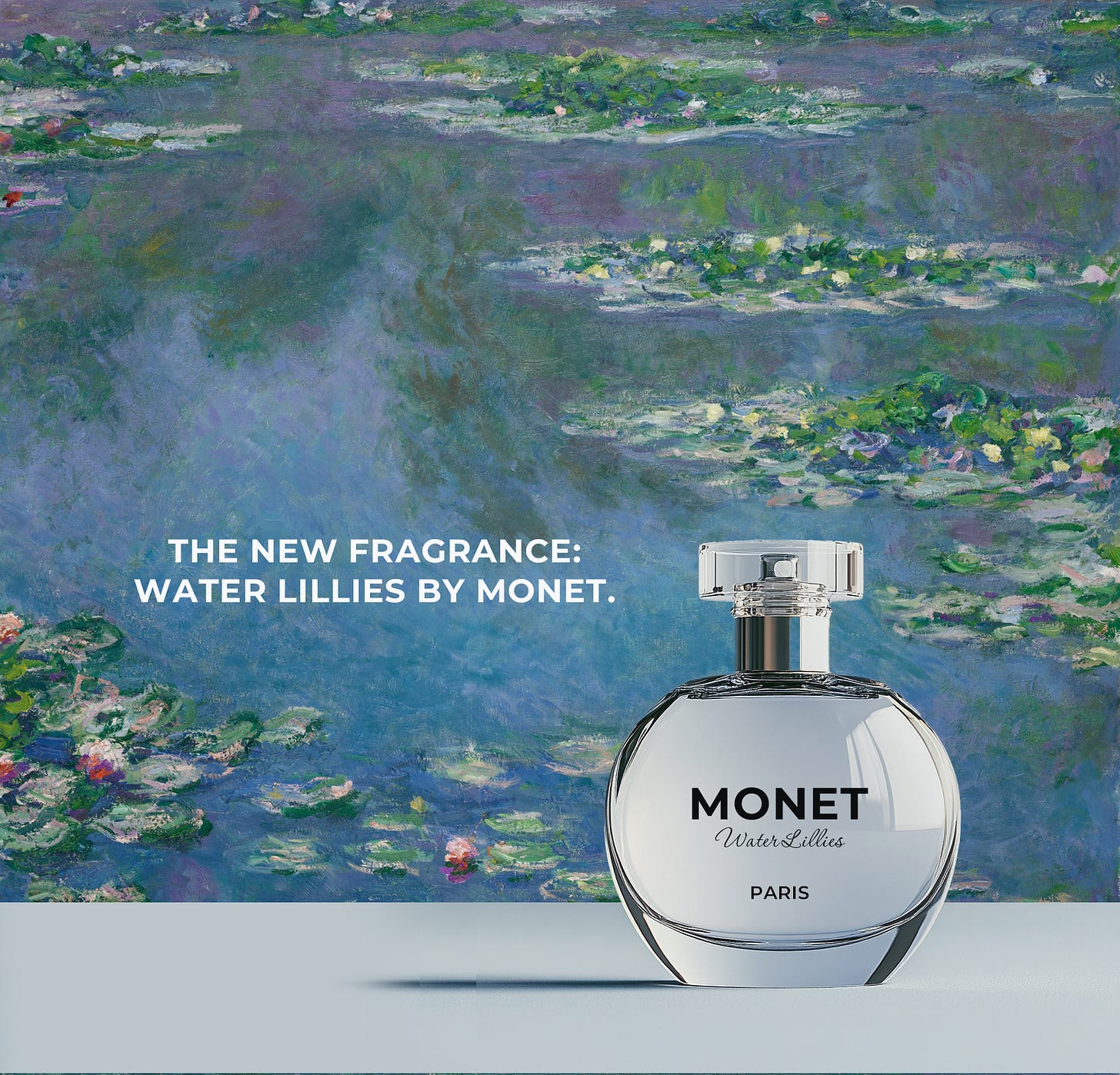With the rise of Generative AI and the flood of digital artworks popping up everywhere, a lively debate has sparked: Is what people create with AI art? Or is it something else? Design? Or just machine-made nonsense?
I’ve heard more than once, from people who say it with conviction, that design isn’t art. And honestly, I have to disagree. I see design as a form of art—but with a purpose or utility. Not to get too deep into philosophy, but it’s an important distinction, especially if you consider that art can exist purely for beauty's sake—like in the Aestheticism movement.
John Maeda summed it up perfectly: “Design is a solution to a problem. Art is a question to a problem.”
In theory, design might lean more towards utility. But in practice, design blends utility and art. The functional aspect represents utility, while the expression or aesthetics bring in the art.
Here’s a little thought experiment: Imagine a painting, say, Claude Monet’s "Water Lilies". Monet wasn’t painting with a specific purpose or utility in mind; he was simply expressing himself. Now, if I, as a designer, created a poster with a similar composition but added a message—maybe promoting cosmetics or a new detergent—would you say Monet’s painting is art, but my poster (that’s the mockup ad above) isn’t? Would you strip my work of any artistic value just because it had a purpose?
In my view, you need to understand art before you can truly understand design. In fact, I’d go as far as to say that you can’t be a designer without being an artist first. Designing for today’s world requires a deep understanding of art and art history. We designers stand on the shoulders of great artists, drawing inspiration from their groundbreaking work. However, we are not on the same team; our role is to reinterpret and innovate, crafting visual solutions that meet the needs of modern audiences while respecting the legacy of those who came before us.
So, back to the question of Art vs. Design. Where do you stand?




